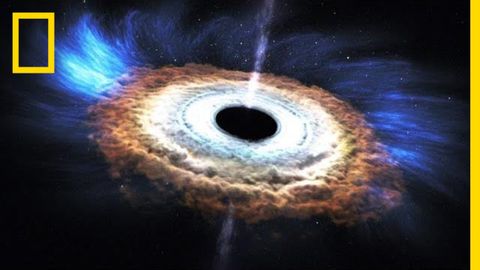科學知識!帶你了解黑洞是什麼!(Black Holes 101 | National Geographic)
Elise Chuang 發佈於 2022 年 01 月 27 日  沒有此條件下的單字
沒有此條件下的單字US /ˈkɑnstəntlɪ/
・
UK /ˈkɒnstəntli/
US /ɛnˈtaɪr/
・
UK /ɪn'taɪə(r)/
- adj.全體的 ; 完全的;未分割的;全緣的 (植物學)
- adj.巨大的;大而重的;大量的;厚重的;大規模的
- v.i.是重要的
- n. (u.)物質
- n.件事情;問題;原因
